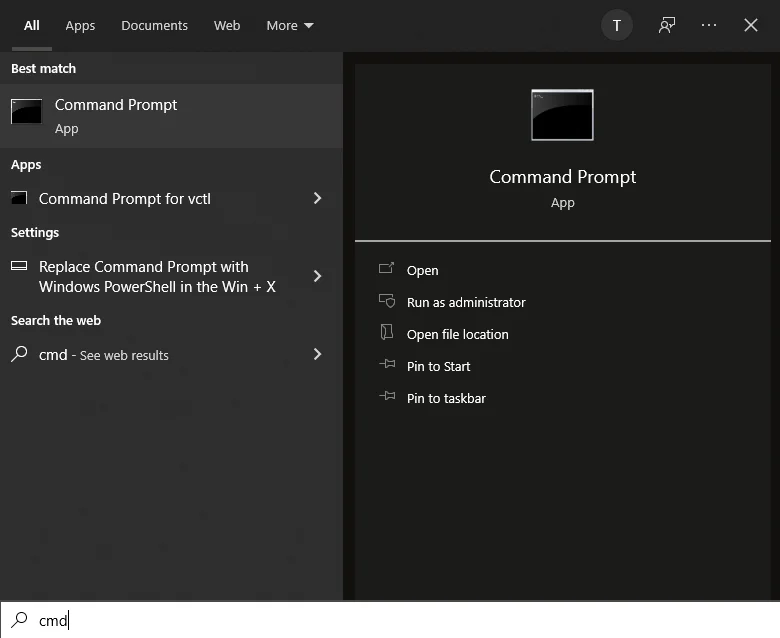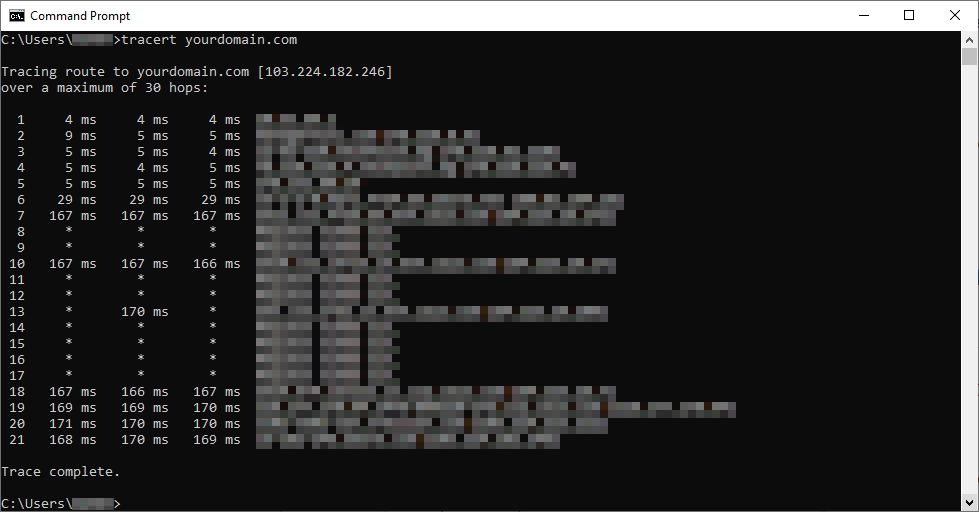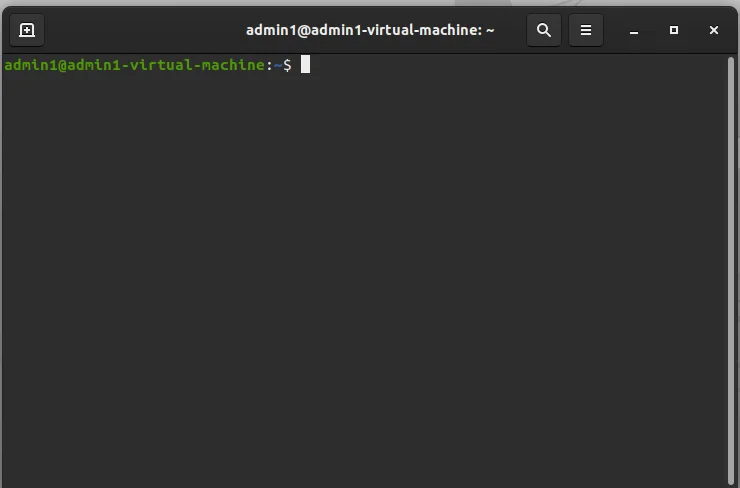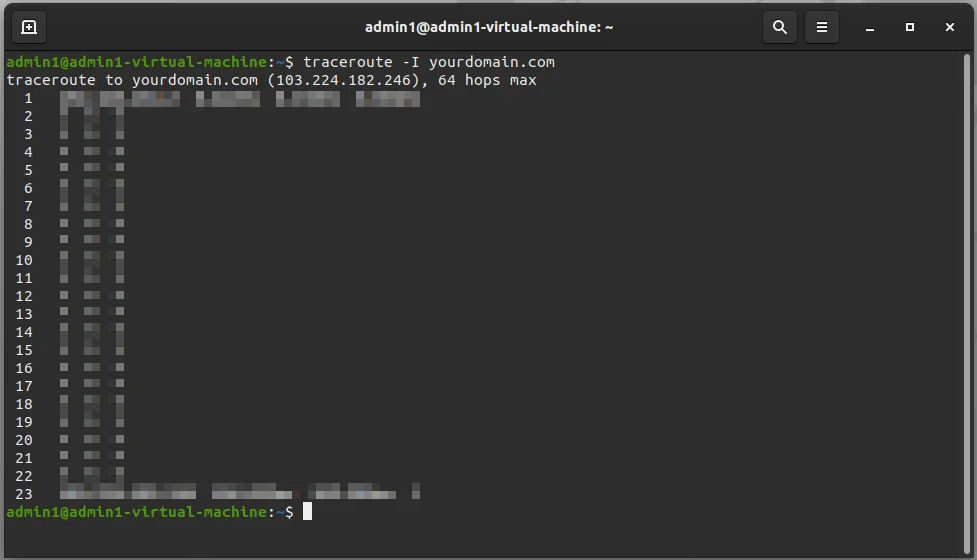Traceroute helps figure out the routing hops data goes through, mapping how it travels through the internet from its source to its destination.
In addition, it tells the response delays as it travels across nodes.
For instance, when you load a website in your browser all the data you see travels from the host server to your screen. A traceroute shows you how the data got to your screen, what sort of devices it ran through, and the time it needed to complete the journey.
Unlike a ping that tells you if a server is reachable or not and the time it takes to transmit data, a traceroute maps the precise route and tells if a router can effectively transfer the data.
Traceroute is a robust network diagnostic tool for locating points of failure—the points obstructing seamless data transmission.
Here’s how to run traceroute checks for the major operating systems (OS).
Windows
Running traceroute checks in Windows computer is intuitive and straightforward; follow these steps to get it done:
- Open the Start menu and enter cmd.

- Enter tracert yourdomain.com, replacing yourdomain.com with your domain name or IP address.

- Press Enter to execute the command.
Linux
- Press CTRL + ALT + T to open the Terminal.

- Enter traceroute -I yourdomain.com, replacing yourdomain.com with your actual domain.

- Press Enter to execute the command.
Mac OS
- Go to Applications > Utilities > Terminal app.
- Enter traceroute yourdomain.com, replacing yourdomain.com with your actual domain.
- Press Enter to execute the command.
Wrapping It Up
Traceroute and Tracert commands perform the same diagnostic functions. The only difference is the “traceroute” command works for Mac and Linux computers while “tracert” is the command for Windows.
If you have questions relating to performing traceroute or tracert checks, reach out to our support, and we’ll revert immediately.
